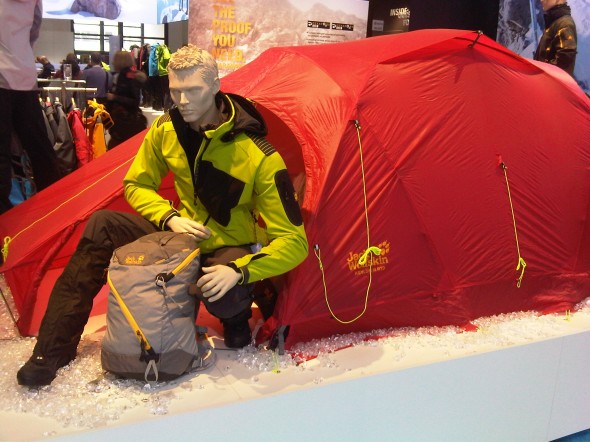 Welcome to the second part of our report from the ISPO outdoor trade fair in Munich, during which we braved sub-zero temperatures and death-by-sauerkraut in order to bring you hot-off-the-press news of the mountain products that will be appearing in shops in the coming months.
Welcome to the second part of our report from the ISPO outdoor trade fair in Munich, during which we braved sub-zero temperatures and death-by-sauerkraut in order to bring you hot-off-the-press news of the mountain products that will be appearing in shops in the coming months.
So let’s start with high-end French brand Millet, of whom high altitude mountaineers will be very familiar with thanks to their Everest GTX boots. Among other products, Millet were showing a new range of winter mountaineering gear bearing the name Davai, named in homage to the first ascentionists of the north face of Les Droites in 1955 – Davaille and Cornuau. The Davai collection consists of a technical winter mountaineering boot, a lightweight three-layer Gore-Tex jacket, and gloves which Millet describe as ‘warm and precise for holding ice-axes’. The Davai boots look like a smaller version of the instantly recognisable 8000m double plastics, but are actually quite a different beast. These are single boots made using Primaloft insulation on the inside, a tough Cordura upper and a stiff Vibram outsole. A stretch gaiter made using a breathable/waterproof PTFE membrane is integrated as on the 8000m, and the zip is protected from the elements by a waterproof cover. These boots really look the business and should be ideal for hard technical climbing in cold conditions in the Alps.
Berghaus had a shiny big stand as you would expect from one of our leading outdoor brands, and they had plenty to fill it with too, with new shells (updated Mount Asgard jacket using Active Shell and the all-new Kangchenjunga, using Pro-Shell), Pro-Shell mountain pants (Oktang Bib Pant), softshell (Sanyia jacket and Patera pants) and down jackets (Ramche and Llam). The Ramche jacket, which has been developed with Mick Fowler on his recent Himalayan exped to Mugu Chuli, particularly caught our eye. Using Berghaus’ innovative hydrophobic down, which retains its insulating properties even when wet, the Ramche uses some trickery with its baffles to keep warmth where it’s needed most, while allowing cooling where it’s not. It also uses offset baffles to prevent cold spots that can occur where stitching goes between baffles. The jacket looks like it’ll provide an impressive warmth/weight ratio, a view enthusiastically endorsed by Fowler and climbing partner Dave Turnbull.
Montane have been super active of late and the new products keep coming with the announcement of their first range of backpacks which we’ll see this spring. The Medusa 32 is at the heart of the range, and is a no-nonsense pack for all types of climbing and trekking. The pack uses the tough Raptor TL fabric for durability, and the fabric on the inside back is intended to minimise abrasion and wear on your waterproof jacket, as well as increase comfort. First impressions of the Medusa were good – we liked its narrow profile, tough fabric and straightforward design, all good traits on a climbing pack. Other packs in the range include a smaller version of the Medusa, the Cobra 25, and the Anaconda 18 for fast and light pursuits.
One of the big themes of the show was ‘hybrid’, with a mind-boggling number of variations on the idea of combining two types of fabric (e.g. softshell torso with hardshell arms/shoulders) in zones on the same garment. One of the more interesting was over at Smartwool, where their new PhD Smartloft men’s and women’s tops combine the company’s traditional merino wool with extra insulation round the torso provided by standard wool and rounded off with a windproof shell, again,on the torso. The idea of course is that the garment can be worn on its own when conditions are right, but can also be layered up (with either a baselayer underneath or hardshell over the top, or both) when extra protection or warmth is required. Combining the properties of merino (comfort, warmth, no smell) with other fabrics is the name of Smartwool’s game at the moment, and this can also be seen in their Windshirt, which features Windstopper on the torso over a merino base, and with their recently revamped PhD range of socks which now include a synthetic element to improve durability. ‘ReliaWool’ is the name given to synthetic-reinforced merino yarn used on the heel and toes.
To round off Part 2 of our ISPO report we’ll leave you with a photo of controversial Korean mountaineer Oh Eun-Sun, who we spotted signing autographs on the Valandre stand. In April 2010, Oh summited Annapurna and so became the first woman in history to have climbed all 14 8000m peaks – or so she claimed. However, several experts subsequently disputed her summit of Kangchenjunga in 2009, and Oh herself later admitted that she had stopped a few metres below the summit itself. The Korean Alpine Federation decided that the summit could not stand and so the Spaniard Edurne Pasaban instead took the accolade once she had completed her set of 8000’ers in May 2010. Squabbles and technicalities aside, Oh’s feat is still a hell of an achievement in our book and we think she’s well within her rights to present her lecture ‘Oh Eun-Sun’s Way To The 14 8000m Peaks’. And that’s it for now – see you again very shortly for our third, and last, ISPO show report.


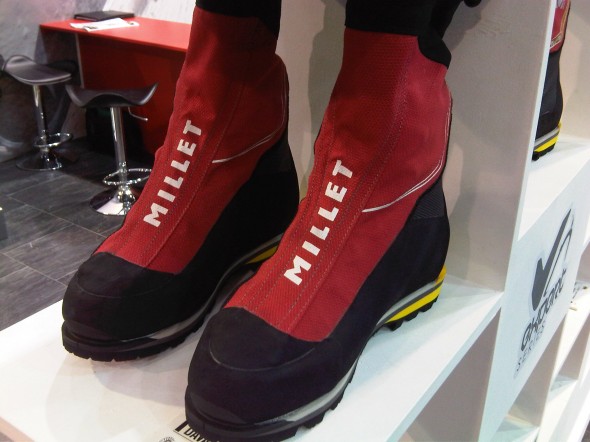
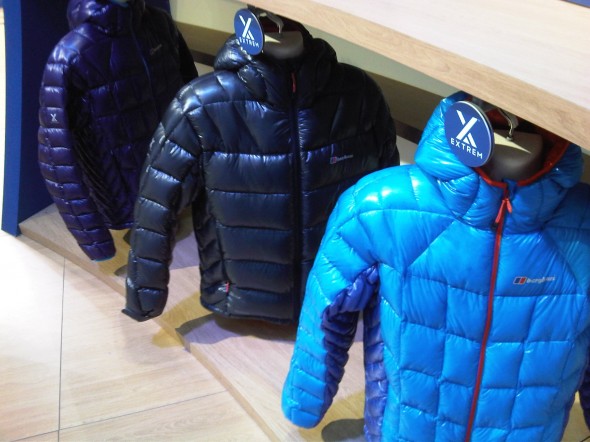
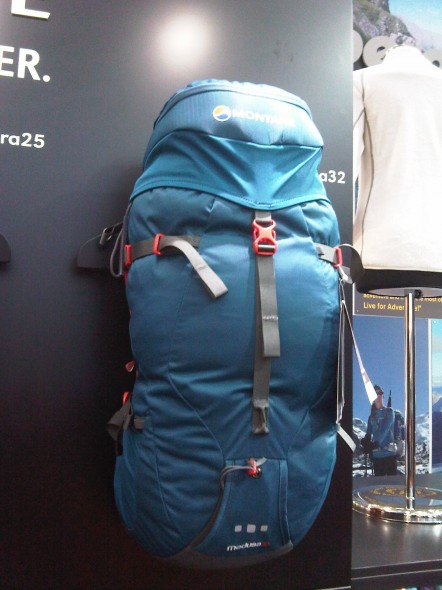
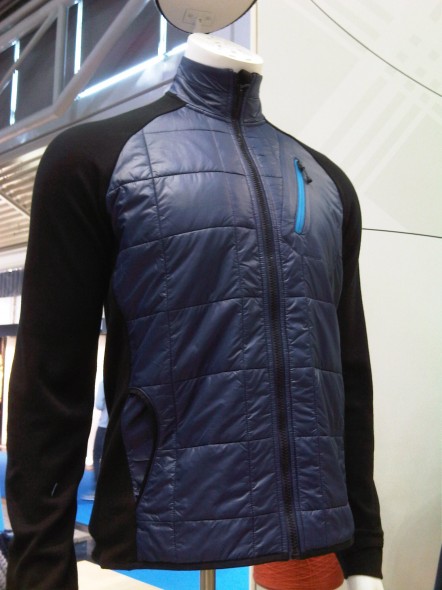
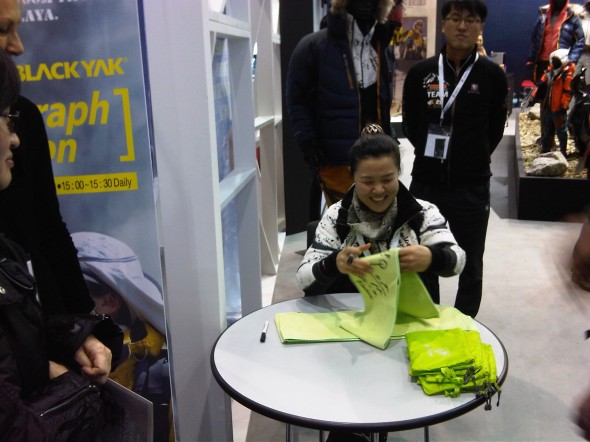
Comments
Pingback: ISPO Munich report, part 3 | Trek & Mountain